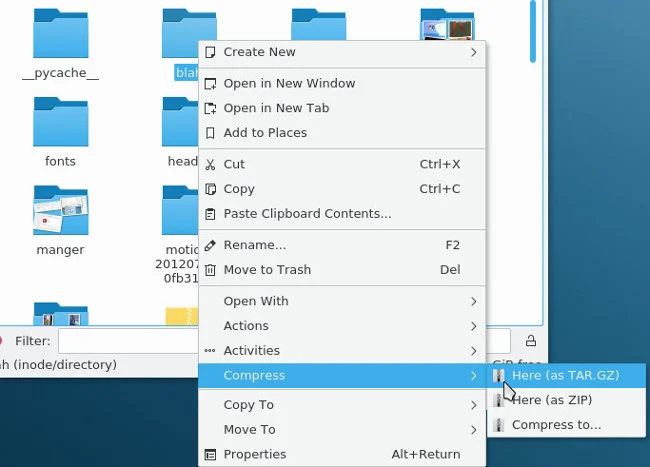

You can also use the -z option to specify that the file is in gzip format: tar -ztf This will list the names of all the files and directories in the tar.gz file. To list the contents of a tar.gz file, you can use the tar command with the -tf option and specify the path to the tar.gz file. For example: cat | tar -zx -C /path/to/extract/to You can also specify a different directory to extract the files to by using the -C option followed by the path of the directory you want to extract the files to. Then run the above command without -z option. Tar: Error is not recoverable: exiting now

Click the green 'Save' button on the individual files to save to your local drive. It will start the file extraction and list the contents of the tar.gz file once complete. Drag and drop the tar.gz file directly onto ezyZip.
Untar tar.gz archive#
The -i option ignores the EOF at the end of the tar archives, from the man page: -i, -ignore-zeros ignore blocks of zeros in archive (normally mean EOF) Share.
Untar tar.gz zip#
Note, if the original file is not in zip format (even though the name contains gz), you might run in to following error. Click 'Select tar.gz file to open' to open the file chooser. This is possible, the syntax is pretty easy: cat. This will extract the contents of to the current directory. Here's an example of how you can do this: cat | tar -zx. To extract a tar.gz file from standard input (stdin), you can use the tar command with the -z option to specify that the input is in gzip format, and the - option to specify that the tar archive should be read from stdin. Replace "/path/to/directory" with the actual path to the directory where you want to extract the contents of the tar.gz file. Option x is for extract, v is for verbose (printing out progress on screen), z is for compressed file, f. If you want to extract the contents of the tar.gz file to a specific directory, use the following command: tar -xzvf -C /path/to/directory To extract archive from tar.gz, use tar command. This will extract the contents of the tar.gz file to the current directory. To extract a tar.gz file on Linux, open a terminal and use the following command: tar -xzvf Return this.replace(/^\s\s*/, '').replace(/\s\s*$/, '') Īrr.How to Extract (Unzip) Tar Gz File on linux Var _dir_ = FSO.GetParentFolderName(_file_) Var FSO = new ActiveXObject("Scripting.FileSystemObject") Var WSH = new ActiveXObject("WScript.Shell") A tar file can be untared or extracted with the following command. So if 7z.exe is at C:\Windows\system32\7z.exe, you'd put: var SevenZipDir = "C:\\Windows\\system32" Īnyways, here's the script: /* vim:set offĬscript //nologo //e:jscript "%~dpn0.bat" %* (For instance, 7za.exe or 7z-real.exe) You can also set a default directory for the executable by changing SevenZipDir. If you want to change how it looks for stuff, you can change the SevenZipExe variable at the top of the script to whatever you want the executable name to be. bat), and run: xtract.bat īy default, the script will check the folder of the script, as well as your system's PATH environment variable for 7z.exe.

Untar tar.gz code#
Just copy the code to a file name xtract.bat or something along those lines (Can be whatever as long as it has the extension. With that being said, here's a WSH JScript script to do what you need. You're using Windows XP, so you should have Windows Scripting Host installed by default.


 0 kommentar(er)
0 kommentar(er)
